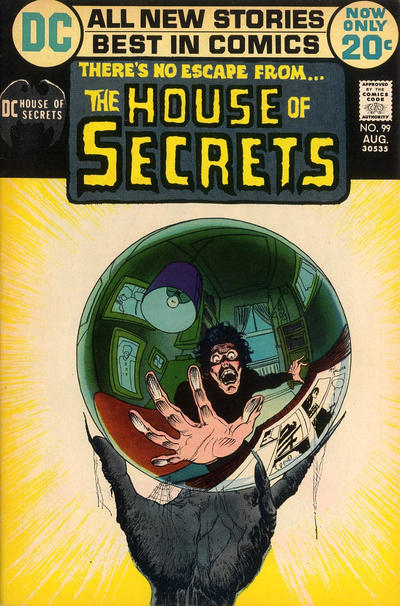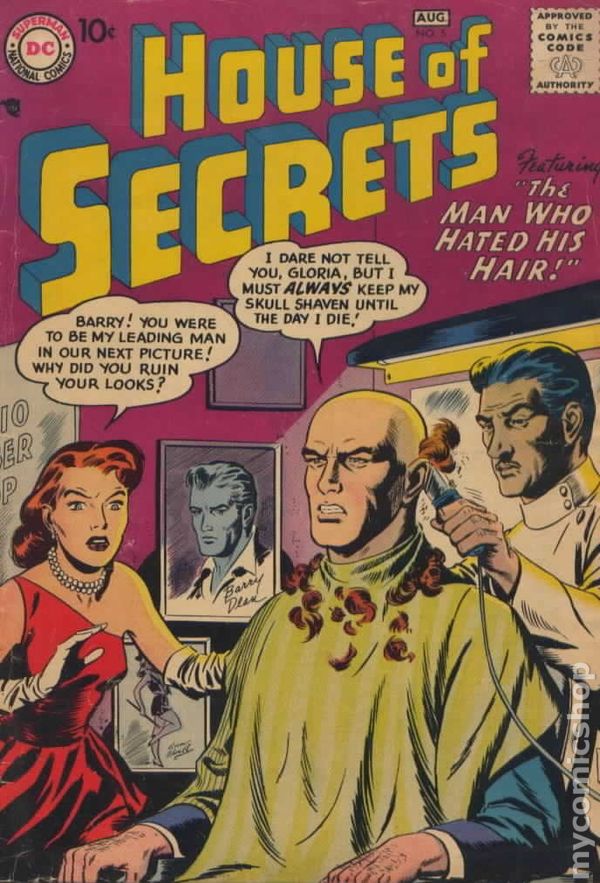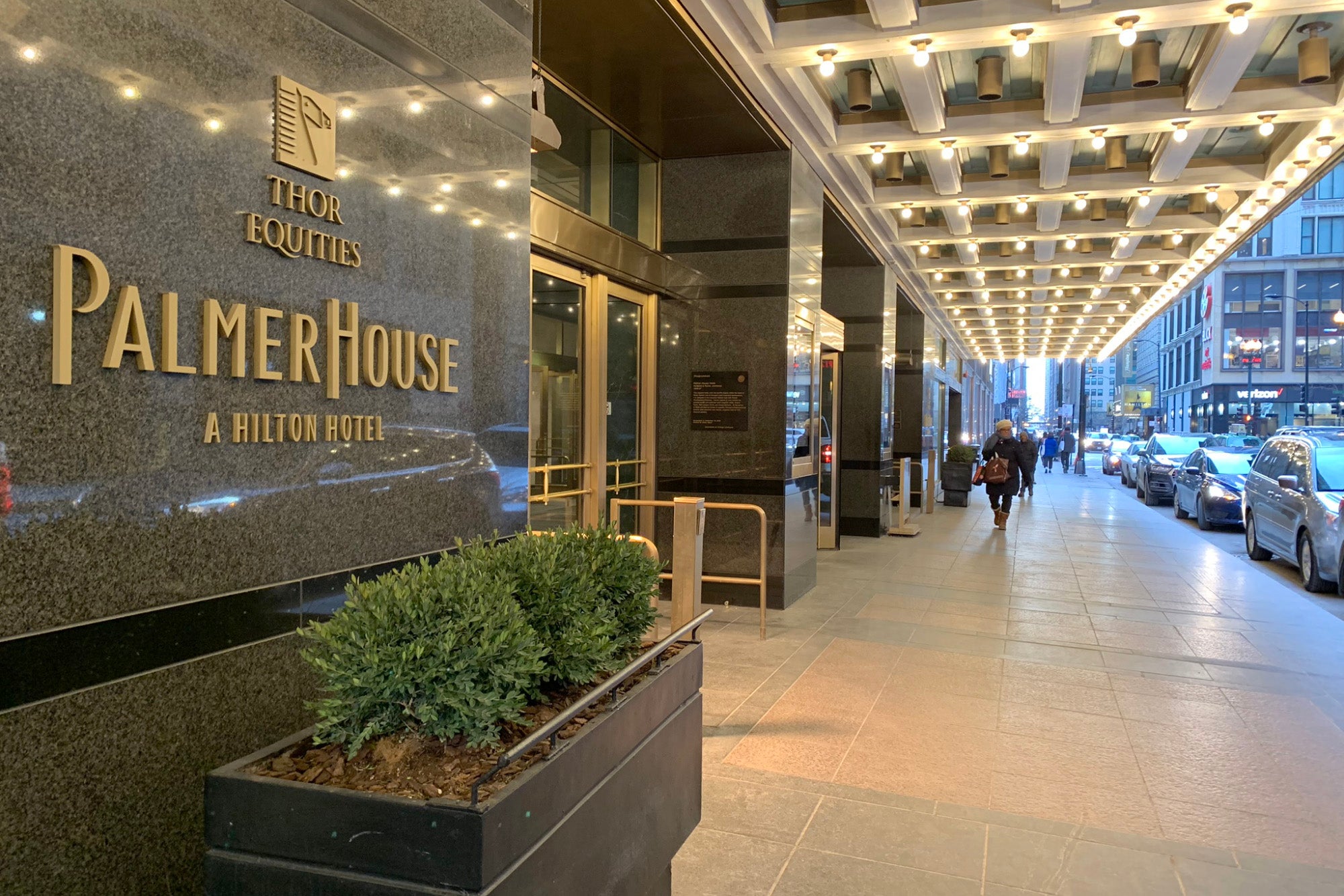Table Of Content
- Months after a fire closed Savannah's historic The Olde Pink House restaurant, we finally know when it will reopen.
- Months after fire, Savannah's historic The Olde Pink House announces reopening plans
- IN THE EARLY 1800S, THE MANSION WAS HOME TO SAVANNAH MAYOR JOSEPH CLAY
- IT'S CONSIDERED ONE OF THE FINEST EXAMPLES OF GEORGIAN-STYLE ARCHITECTURE
- — THE OLDE PINK HOUSE —

The legacy of James Habersham is still honored through the surviving Habersham house, now the Olde Pink House restaurant. Over 250 years later, the mansion remains one of the premier illustrations of Georgian architecture in Savannah. In exploring the history of the Olde Pink House, we peel back the layers of this Southern icon to reveal its origins, illustrious inhabitants, and evolving identity across centuries at the heart of Savannah.
Months after a fire closed Savannah's historic The Olde Pink House restaurant, we finally know when it will reopen.

The room we were seated in was so dark we couldn’t read our menu without our flashlights on our phones. We asked for recommendations from our server, who suggested the flounder for an entree ... An almost-identical house was built in 1928[20] at 102 East Gaston Street,[21] just beyond the northeastern corner of Forsyth Park. If you need your guests to have an unforgettable experience, the Hayden Collective will deliver.
Olde Pink House announces reopening - Savannah Morning News
Olde Pink House announces reopening.
Posted: Sat, 26 Jan 2019 08:00:00 GMT [source]
Months after fire, Savannah's historic The Olde Pink House announces reopening plans
13 Best Restaurants in Savannah Condé Nast Traveler - Condé Nast Traveler
13 Best Restaurants in Savannah Condé Nast Traveler.
Posted: Tue, 07 Jul 2020 07:00:00 GMT [source]
Built in 1777 for James Habersham Jr., the Olde Pink House was originally a mansion whose red bricks would bleed into the white plaster, turning the home pink. The appropriately-named Olde Pink House is easy to find, with its iconic shade of pink, right across from Reynolds Square. The stately mansion surely felt livelier during the Clay's residency than in its previous incarnation as a more staid family estate for James Habersham Jr.
IN THE EARLY 1800S, THE MANSION WAS HOME TO SAVANNAH MAYOR JOSEPH CLAY
Joseph's wife Mary was known as a consummate hostess who masterfully planned lavish dinners, musical evenings, and holiday balls in the mansion's spaces. Guests delighted in dancing the evening away in the grand first floor ballroom or discussing politics and business in the dining room over sumptuous meals. For over two centuries, the mansion has welcomed Savannah's elite through its doors, from the lavish parties of Habersham's era to the distinguished gentlemen's club operated out of the house in the 19th century. The striking pink facade also rendered the mansion instantly recognizable in the local landscape, with the color chosen as a proud nod to Habersham's English heritage. Among the city’s most iconic historical treasures is the Olde Pink House restaurant, which has borne witness to Savannah society since 1771 within the elegant confines of an 18th century mansion. From the mansion, tea parlor and haunted restaurant, the Olde Pink House has accrued a long and varied history, making it one of Savannah’s premier landmarks in the city.

But the Clays upheld the home's refined atmosphere, using its grand spaces as the backdrop for some of Savannah's most memorable early 19th century social events. The food draws from regional tradition, but underneath the surface of fried green tomatoes and shrimp and grits lies a storied landmark that has watched over Savannah from Reynolds Square for nearly 250 years. Just as in 1771, the Olde Pink House remains a destination for those who seek to experience Georgian Savannah's splendor.
The war had taken its toll on Savannah, so operating the old house as a hotel provided much needed accommodations. The Habersham-Clay mansion led a utilitarian existence for many decades following Savannah's antebellum era. As the Civil War plunged the nation into chaos, the grand house transitioned into more practical uses aligned with tumultuous times. Its brick walls, burled wood accents, and dim atmosphere evoke 19th century revelry, likely not so different from when city leaders and planners would discuss business over cards and whiskey.
The Olde Pink House Restaurant
Yet preparation still remains faithful to the way grandmothers and great-grandmothers cooked throughout Savannah’s history. The Strongs filled the dining rooms with fine antiques and opened the restored cellar as a tavern. Their passion revealed the mansion's beauty once more, while retaining its 18th and 19th century character. With a vision to revive the mansion to its former elegance, the Strongs commissioned meticulous restorations of the original floorplan, doors, windows, and interior details. The mansion's parlors and bedrooms now served as guest lodging, losing the elegance of their previous incarnations.
— THE OLDE PINK HOUSE —
Standing stately in Reynolds Square, the Olde Pink House restaurant inhabits one of Savannah's finest examples of Georgian-style architecture. The Olde Pink House’s pink color isn’t a new development – it’s been part of the restaurant’s signature décor for almost 100 years. But the story behind the color is more elaborate than just a standard paint job, so the story can't be explained without diving into the restaurant's history. The Olde Pink House is one of Savannah’s finest dining establishments, offering new Southern cuisine in a sophisticated, yet casual setting. The Olde Pink House is known for specialties like Grilled Pork Tenderloin with Bourbon Molasses, Crispy Scored Flounder with Apricot Shallot Sauce, and Corn Bread Fried Oysters. That’s what history deserves, that what’s the community deserves, and that’s what the many guests that are going to visit us in the future deserve,” said Jeffress.
Today, diners can still experience that refined grace as they step inside the Olde Pink House restaurant and enjoy Southern cuisine in spaces that have hosted Savannah society since the city's settlement. Servants smoothly attended to every guest's needs and Mary Clay ensured the food and wine were of the finest quality. News of the Clays' parties often appeared in Savannah's society pages, further elevating the family's social status. With its pink stucco facade and white ornamental ironwork, the mansion emanates the elegance of 18th century life when it was first erected in 1771 for James Habersham Jr. Through meticulous restoration and devotion to regional cuisine, the restaurant has revived this aristocratic dwelling, allowing modern diners and history aficionados alike to step inside Savannah’s gilded past.
At a time when Savannah society was flourishing, the Clay family used the house to host elegant soirees and entertainments befitting their station. The ornate brick and pink stucco edifice with its symmetrical layout exemplified the Georgian style then fashionable throughout the colonies. Arched windows flanked by columns, iron-railed balconies, and a signature white ornamental iron fence cast in Savannah all exuded an air of refinement. We specialize in memorable dining experiences ranging from a quaint table for 2 in the Planters Tavern "Wine Vault", to a party of 400 guests reserving the entire mansion. As Savannah’s food scene evolves, the number of restaurants that continue to dot the dining...
Housed in one-time cotton warehouses, there are more than 75 boutiques, galleries, artists' studios... The Olde Pink House (also known as The Pink House and, formerly, Habersham House) is a restaurant and tavern in Savannah, Georgia, United States. Located on Abercorn Street, in the northwestern trust lot of Reynolds Square, the building dates from 1771.[4] It is bounded by East Bryan Street to the north, Abercorn Street to the east and East Saint Julian Street to the south.
Exceptional local flavors thus converge within the historic rooms where Georgia's leaders once dined centuries ago. Dishes like the creamy shrimp and grits or silky she-crab soup allow diners to savor two of the Lowcountry’s quintessential flavors. This practical chapter, though far removed from the structure's original purpose, became an important part of the historic mansion's story and connection to Savannah's past. The mansion followed this trajectory when purchased in the 1870s by a consortium establishing a bank. Their tenure left an indelible mark during an important transitional period as Savannah evolved from provincial colony to refined American city.
Sturdy counters and railings were installed while the original delicate interiors were hidden away behind the pragmatic trappings of a Gilded Age bank. The parties perfectly reflected the sophistication and gentility of Savannah's elite in that era. During Clay's tenure as mayor of Savannah from 1805 to 1806, he and his family took up residence in the mansion. As Savannah progressed into the 19th century, the stately Habersham house passed into the hands of prominent political leader Joseph Clay. The rich heritage woven into every detail remains palpable, both in the physical and perhaps the supernatural.












